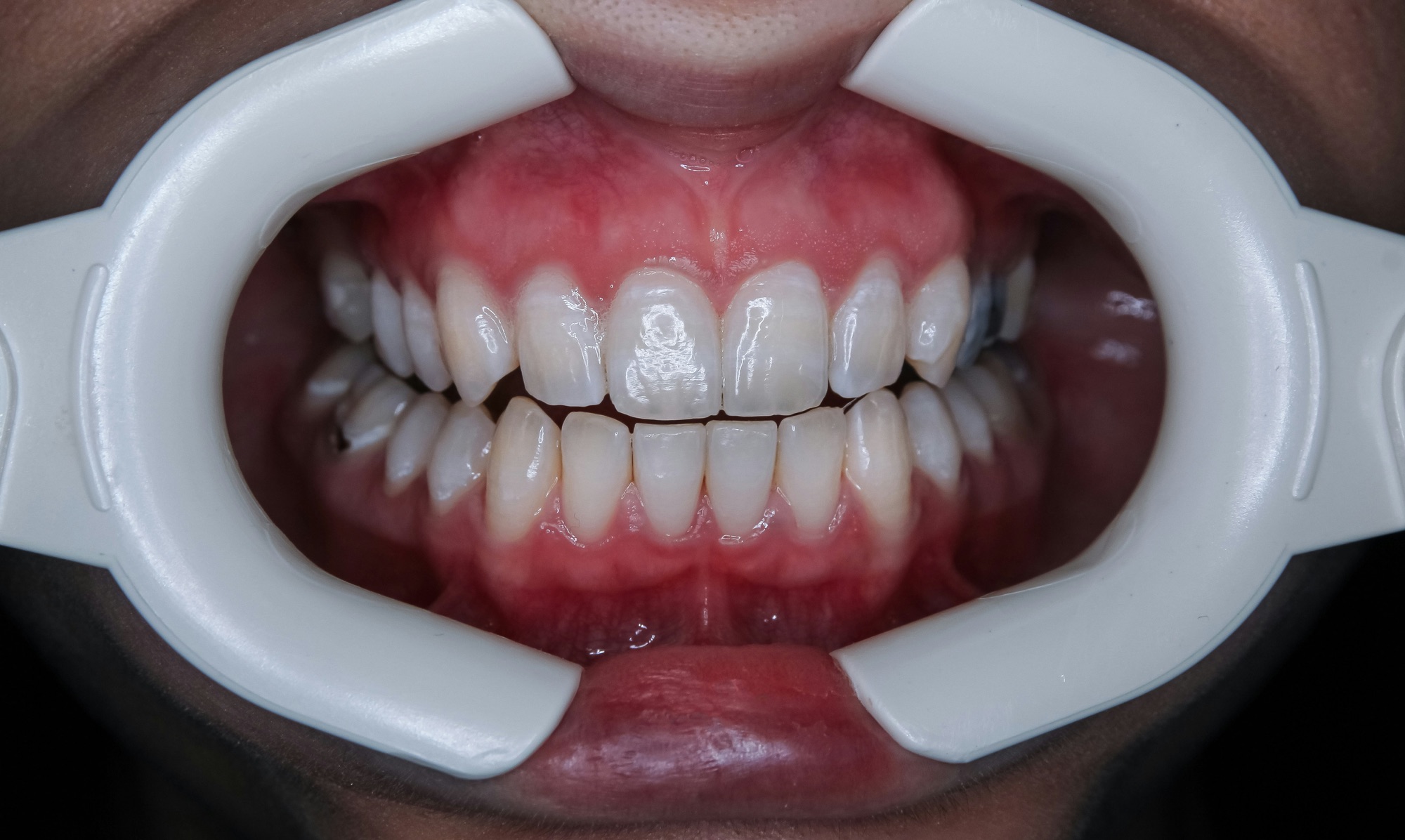Pros of Acupuncture for Chronic Pain Relief
1. Effective for Many Types of Chronic Pain
Numerous studies have shown that acupuncture can be effective in reducing various types of chronic pain, including:
- Lower back pain: Acupuncture has been shown to alleviate lower back pain, a condition that affects millions of people globally. For instance, a study published in the Archives of Internal Medicine found that acupuncture was more effective than conventional therapy for chronic back pain relief.
- Osteoarthritis: Studies suggest that acupuncture may reduce pain and improve mobility in people with osteoarthritis, especially of the knee. A meta-analysis in the Journal of Clinical Medicine reported that patients experienced significant improvements in pain and function after undergoing acupuncture.
- Neck pain: Chronic neck pain, often associated with tension and stress, can be alleviated through regular acupuncture treatments. A practical example is a patient case where weekly acupuncture sessions led to a marked reduction in neck pain intensity over a three-month period.
- Headaches and migraines: Acupuncture is often used to reduce the frequency and intensity of headaches and migraines, providing relief for those who suffer from regular episodes. A study in the British Medical Journal highlighted that acupuncture reduced the number of headache days by 50% or more in nearly half of the patients studied.
2. Minimal Side Effects
One of the major benefits of acupuncture is that it typically comes with few side effects, especially when compared to medications or more invasive treatments like surgery. Unlike pain medications, which can lead to dependency, gastrointestinal problems, or other systemic side effects, acupuncture is considered safe when performed by a trained practitioner. Any side effects that do occur are usually mild, such as slight bruising, soreness, or minor bleeding at the needle sites. For example, in a survey of acupuncture patients, over 80% reported no adverse effects, while those who did experienced only minor issues.
3. Complementary to Other Treatments
Acupuncture can be used alongside other medical treatments and therapies for chronic pain, such as physical therapy, chiropractic care, or medication. Many people use acupuncture in conjunction with conventional treatments to enhance overall pain relief without needing to increase medication doses or resort to more invasive procedures. For example, a patient suffering from chronic lower back pain might use acupuncture to reduce reliance on pain medication, thus avoiding potential side effects associated with long-term drug use.
4. Reduces Inflammation and Promotes Healing
Acupuncture is believed to stimulate the release of endorphins, the body’s natural painkillers, and to increase blood circulation to the areas being treated. This can help reduce inflammation and promote the healing process in muscles, joints, and tissues. In conditions like arthritis, where inflammation plays a key role in pain, acupuncture may provide significant relief by targeting inflammation directly. A study in The Journal of Pain found that patients with inflammatory conditions reported reduced symptoms after regular acupuncture sessions.
5. Holistic Approach to Wellness
Acupuncture is not just focused on relieving physical pain but also takes a holistic approach to health by considering the balance of energy (Qi) in the body. Many patients report improvements in other aspects of their well-being, including reduced stress, better sleep, and enhanced mood. By addressing the root causes of pain and balancing the body’s overall energy flow, acupuncture aims to improve both physical and mental health. For example, a patient undergoing acupuncture for chronic migraine relief also noticed significant improvements in sleep quality and stress levels.
6. Customizable Treatment
Acupuncture is highly customizable and can be tailored to each individual’s needs. A trained acupuncturist will assess your specific pain condition, lifestyle, and overall health to develop a treatment plan that targets the most appropriate acupuncture points for your body. This personalized approach makes acupuncture adaptable to various forms of chronic pain. For instance, a patient with fibromyalgia can have a treatment plan specifically targeting their unique pain points and symptoms.
Cons of Acupuncture for Chronic Pain Relief
1. Effectiveness Varies from Person to Person
While many people experience significant pain relief from acupuncture, not everyone responds to the treatment in the same way. Some individuals may experience only mild or temporary relief, while others may see no improvement at all. Factors such as the severity of the pain, the underlying condition, and individual variations in response can affect the outcome of acupuncture treatments. For example, a patient with chronic neck pain might find significant relief, while another with a similar condition might not notice much change.
2. Requires Multiple Sessions
Acupuncture is not a “quick fix” for chronic pain. In most cases, multiple sessions are required to achieve lasting results, and the frequency of treatments can vary depending on the severity of the pain. Some people may need to undergo several weeks or months of regular acupuncture sessions before they notice significant improvement. This time commitment can be challenging for individuals with busy schedules or limited access to acupuncture services. For example, a patient undergoing acupuncture for back pain might need weekly sessions over several months to achieve optimal results.
3. Cost
The cost of acupuncture can be a barrier for some individuals. While acupuncture is increasingly being covered by insurance plans, especially for pain management, many policies may still limit the number of covered sessions or require significant out-of-pocket expenses. Without insurance coverage, the cost of regular acupuncture sessions can add up over time, making it less accessible for people on a tight budget. For instance, a typical acupuncture session can range from $50 to $150, and multiple sessions can lead to substantial expenses.
4. Potential for Infection or Injury
Although acupuncture is generally considered safe, there is a small risk of infection or injury if the procedure is not performed correctly. The risk is particularly high if the needles are not sterile or if the practitioner is not properly trained. In rare cases, improper needle insertion can result in organ puncture, nerve damage, or other serious complications. This underscores the importance of seeking treatment from a licensed and experienced acupuncturist who adheres to strict hygiene and safety standards. A patient should always verify the credentials and reviews of their chosen acupuncturist.
5. Not a Cure for All Types of Pain
Acupuncture may not be effective for all types of chronic pain, particularly pain caused by certain structural or neurological issues, such as severe nerve damage or herniated discs. While acupuncture can help manage pain symptoms, it may not address the underlying cause of the pain in these cases. For some individuals, acupuncture may need to be supplemented with other medical interventions to achieve optimal results. For example, a patient with a herniated disc might require physical therapy or surgical consultation in addition to acupuncture.
6. Scientific Debate and Lack of Standardization
While acupuncture has been used for thousands of years and has been studied extensively, some critics argue that the scientific evidence supporting its effectiveness is inconsistent. Research findings on acupuncture’s benefits can vary, with some studies showing strong results and others demonstrating little to no improvement over placebo treatments. The lack of standardization in acupuncture treatment protocols also makes it difficult to compare results across studies, leading to ongoing debates about its effectiveness. Researchers continue to explore and refine methodologies to better understand acupuncture’s potential benefits.
Additional Considerations and Practical Tips
Choosing the Right Practitioner
Selecting the right acupuncturist is crucial for a safe and effective treatment experience. Look for practitioners who are licensed and have experience in treating your specific condition. Ask for recommendations, check online reviews, and consider scheduling a consultation to discuss your treatment goals and expectations. A reputable practitioner should be willing to answer your questions and provide detailed information about their approach to treatment.
Understanding the Treatment Process
Before starting acupuncture, it’s helpful to understand what to expect during a session. Typically, a session begins with a consultation where the practitioner assesses your condition and discusses your medical history. The actual treatment involves inserting thin needles into specific points on the body, which remain in place for 20 to 40 minutes. Most patients find the process relaxing and may even fall asleep during the session.
Monitoring Progress and Adjusting Treatment
It’s important to monitor your progress throughout the treatment process. Keep a journal of your symptoms, noting any changes in pain levels, frequency, and intensity. Share this information with your acupuncturist, as it can help tailor your treatment plan and make necessary adjustments to enhance effectiveness. Being proactive and communicative with your practitioner is key to achieving the best results.
Integrating Lifestyle Changes
Enhance the benefits of acupuncture by integrating healthy lifestyle changes. This can include practicing stress-reduction techniques such as yoga or meditation, maintaining a balanced diet, staying hydrated, and ensuring adequate sleep. Combining acupuncture with these lifestyle changes can lead to more comprehensive improvements in your overall health and well-being.
Exploring Other Complementary Therapies
Consider exploring other complementary therapies that can work synergistically with acupuncture. Therapies such as massage, herbal medicine, tai chi, or aromatherapy can provide additional support in managing chronic pain. Discuss these options with your acupuncturist and healthcare provider to develop an integrated treatment plan that addresses your unique needs.
In summary, acupuncture can be a valuable tool for chronic pain relief, offering several benefits, including reduced pain, minimal side effects, and the potential for improved overall wellness. It is particularly effective for conditions such as lower back pain, osteoarthritis, neck pain, and migraines. Additionally, acupuncture can complement other pain management treatments and is generally considered a safe option when performed by a qualified practitioner. However, acupuncture may not work for everyone, and it requires a commitment to multiple sessions to achieve the best results. For individuals with structural or neurological pain conditions, acupuncture may need to be supplemented with other medical treatments. Furthermore, the cost and time required for acupuncture, along with the small risk of infection or injury, should be carefully considered before starting treatment. Ultimately, acupuncture can be a helpful and holistic approach to chronic pain management, but it may not be the right solution for everyone. Consulting with a healthcare provider and a licensed acupuncturist can help determine whether acupuncture is an appropriate treatment option for your specific pain condition.






